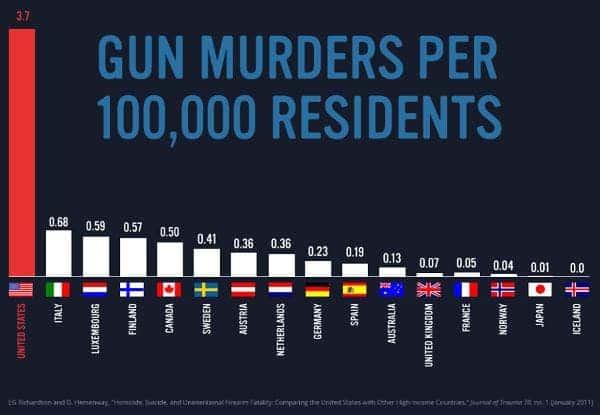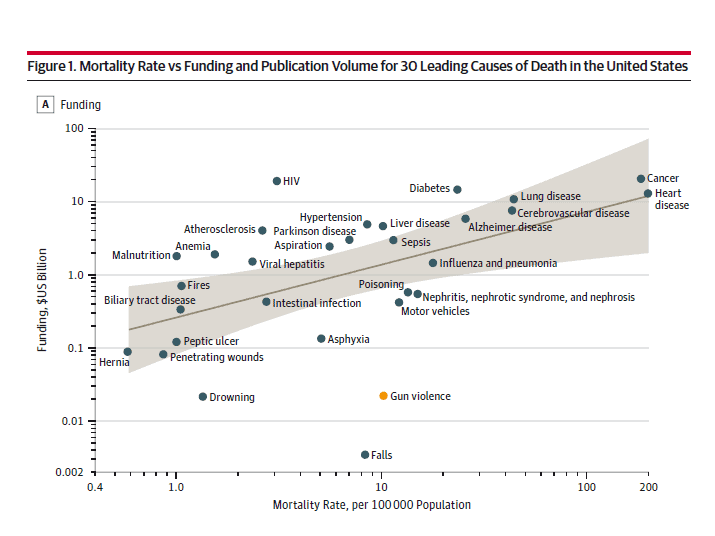
You might sometimes see on the news headlines like ‘Crime is spreading like the plague’ or ‘Shootings outbreak in the holiday season’. Indeed, it seems like sometimes gun violence can spread very fast from an initial ‘infectious’ source, not all that different from an outbreak or epidemic. In fact, a group from Harvard and Yale found that the ‘gun violence spreads like a plague’ metaphor is actually very accurate.
The team combed through gunshot and arrest data from the city of Chicago gathered between 2006 and 2014. They then identified a huge network comprising 138,163 people, each connected together with various degrees based on how some people got arrested together. The network represented 29.9 percent of those arrested in Chicago during the study’s period and of these 9,773 people were involved in 11,123 gun-related crimes.
Different models were then run with the purpose of assessing and predicting how gun violence spreads through the network. Each model took into account such things as sex, age, and neighborhood, but also — very importantly — who’s in a network with someone who’s been arrested or shot.
“Say you and I are friends and I’ve just been shot and we’re hanging out. By spending time with me, you’re now being exposed to the risk factors that led to me being shot,” said Ben Green, coauthor of the new paper and an applied mathematician at the Harvard School of Engineering and Applied Sciences.
The model which best predicted how gun violence spreads through the networks was a contagious disease model, having predicted 63 percent of the shootings according to the study published in JAMA Internal Medicine.
The Windy City saw 3,550 shooting incidents and 762 murders last year, the highest level of gun violence since 1996 and a 57 percent increase over 2015. Around Christmas alone, some 100 people got shot in Chicago, most of whom had a history of gang affiliation and criminal records.
This dramatic spike in gun violence is unprecedented in the last 60 years and, indeed, the trend seems to resemble that of an outbreak. In fact, the researchers from Yale and Harvard discovered there’s even an incubation period for gun violence infection, which was estimated at 125 days. During this period, a person was likelier to become infected by an ‘infector’ (a person who exposed others to gun violence). After 125 days had elapsed since becoming exposed to gun violence, the risk of becoming infected with gun violence ‘illness’ declined.
It’s unclear, however, why the model didn’t catch the other 37 percent of shootings, nor is it certain that these findings can translate to other major U.S. cities which have different gun control policies. Still, this is a very interesting study — one that will likely be followed-up because if gun violence is really like an infectious disease, then we better cure it; and we better use the same diligence and allocate the same amount of resources we usually do for tackling influenza or cancer. But that won’t happen, let’s not kid ourselves.
Case in point, a recent study concluded that since gun violence kills 33,000 people each year in the U.S., research aimed at curbing gun violence could be expected to receive about $1.4 billion yearly in federal funding — that’s in line with funding for research into treatment and cures for diseases that kill just as many people. However, between 2004 and 2015, the federal government spent an average of $22 million annually on gun violence research or 1.6 percent of what it should have.







